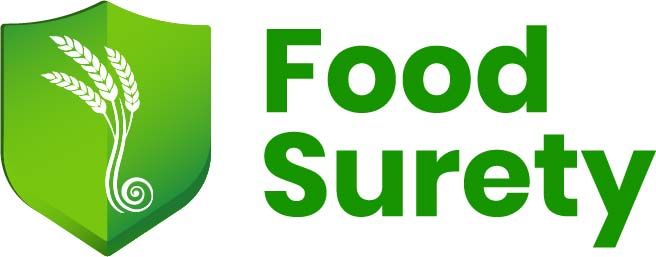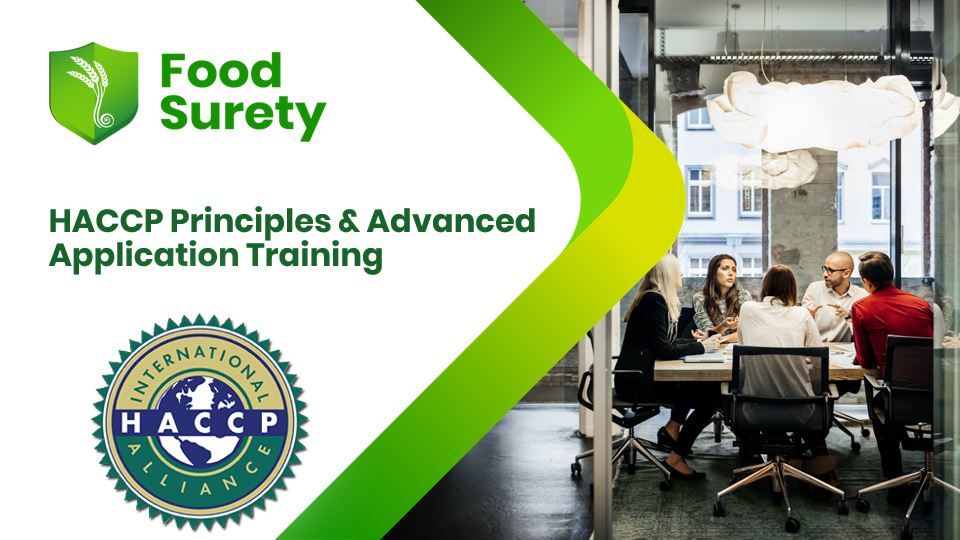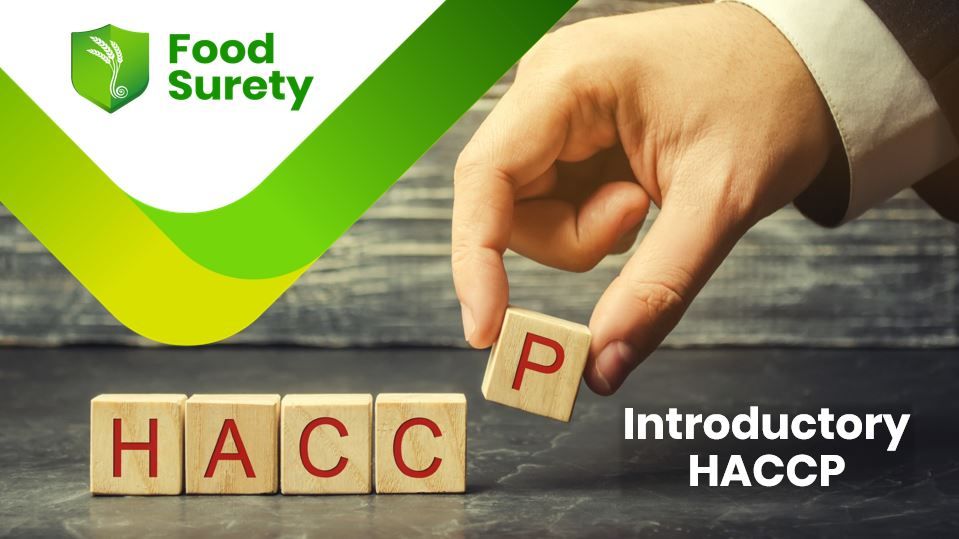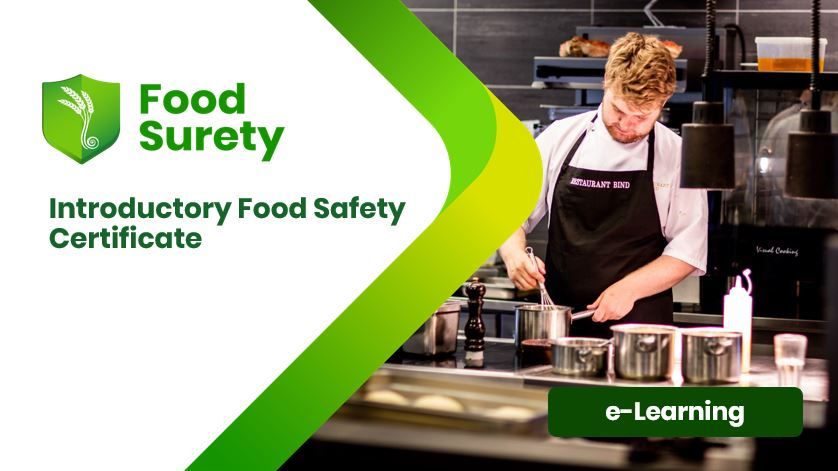As food professionals and compliance specialists, you understand the importance of ensuring food safety and avoiding incidents of food poisoning but let me bring to your attention this sad piece of information, according to the World Health Organization, an estimated 600 million cases of foodborne illnesses occur globally each year, causing 420,000 deaths.
Similar to other countries and regions around the world, in New Zealand and Australia, food poisoning is still a significant public health issue, affecting thousands of people every year, unfortunately. The Ministry for Primary Industries (MPI) and the Food Standards Australia New Zealand (FSANZ) highlight food poisoning outbreaks are on the rise.
In this blog post from Food Surety, not to be confused with food security, I will cover the causes, symptoms, and your role in the prevention of food poisoning, with a focus on the statistics of food poisoning in New Zealand and Australia.
Food poisoning is a type of illness that occurs after consuming contaminated food or water that contains harmful toxins or chemicals. It is a sub-category of foodborne illnesses that allergens, foreign matter, bacteria, viruses, or parasites can cause. The two terms are usually used interchangeably.
Contaminated food can come in many different forms, and for a list of recent recalls in New Zealand you can check Food Recalls NZ, here are a few possible examples:
- Undercooked meat and undercooked poultry can contain harmful bacteria such as E. coli, which can cause symptoms such as Diarrhoea, vomiting, and abdominal pain.
- Dairy products, such as raw milk and unpasteurised cheeses, can too pose a risk of bacterial contamination.
- Eating contaminated food products like fresh fruits, potato salad, baked foods, raw sprouts, raw or undercooked beef, fermented fish, etc. that contain harmful chemicals, naturally occurring or added, can cause serious food poisoning. Campylobacter spp. present on raw meats may contaminate work areas and the hands of kitchen staff before being transferred to ready-to-eat foods or causing self-infection (Coats etal. 1987). The external packaging material of raw meat (raw chicken, game fowl, lamb and beef) has been reported to be a vehicle of cross-contamination of Campylobacter bacteria. in retail premises and consumer homes (Burgess et al. 2008).
- Soft cheeses, such as brie and Camembert, and cream-filled baked goods can be a source of Listeria bacteria, which can cause Listeria infection and serious illness (well, more of food borne illness than food poisoning as discussed above) in pregnant women, elderly individuals, and people with weakened immune systems.
The symptoms of food poisoning can vary a lot depending on the type of pathogen involved and the individual's immune system. However, some common symptoms of food poisoning/ food borne illness include:
- Abdominal pain and stomach pain
These food poisoning symptoms can develop in a few hours, can range from mild to severe and can last for a few hours or several days.
It's essential to advise consumers to seek medical attention to treat food poisoning if they experience signs of food poisoning symptoms, which as you know, can develop soon after consuming the contaminated food product or days and even weeks later in some cases; something to remember when you investigate a food safety customer complaint.
Food poisoning can have serious consequences, ranging from mild food poisoning symptoms like vomiting and diarrhea to hospitalization and even death.
Aside from the impact on human health, food poisoning caused can also have a significant financial impact on any food business. For example, FSANZ -Australia estimates that the cost of foodborne diseases can be as high as $1.2 billion/year. Similarly, statistics in New Zealand reveal that the cost of such illnesses is estimated to be around $161 million per year. Huge numbers right!
In New Zealand, as you may expect, food poisoning is a significant public health issue; MPI estimates 200,000 cases of foodborne illness yearly with the most common causes of food poisoning in New Zealand are Campylobacter, Salmonella, and norovirus.
According to New Zealand's Ministry for Primary Industries (MPI), there were 8,373 cases of foodborne illness reported with food poisoning symptoms nz in 2019, with 1,266 hospitalisations and 14 deaths.
In Australia, foodborne illness affects an estimated 4.1 million people every year, with Salmonella and Campylobacter being the most common causes, according to FSANZ.
The Food Standards Australia New Zealand (FSANZ) reports that there were 5,393 cases of foodborne illness reported in 2019, with 1,123 hospitalisations and 16 deaths.
These figures highlight the need for continued vigilance and attention to food safety in the food industry.

Preventing food poisoning requires a multi-pronged approach, including proper food handling, storage, and preparation of . Here are some key aspects for preventing food poisoning:
We all agree that good manufacturing practices are key to producing safe food, so give attention and care to prerequisite programs like:
- Temperature controls: Ensure that chilled food storage and dry goods storage areas are well managed and kept at the right temperature, either hot or cold, to prevent bacterial growth. Needles to say control measures need to be in place to ensure food like ready meals, hot dogs, raw eggs, any other foods are cooked properly.
- Food supplier selection: You are expected to have a robust approved supplier program that identifies and risk assesses, approves, and manages suppliers of food ingredients, primary packaging, processing aids, etc. Food safety risk factors among other risks related to authenticity, food fraud, and food defence should be considered. Greater risk requires more controls, as simple as that.
- Cross-contamination Prevention: you should develop a variety of procedures related to preventing contamination for example procedures to manage glass, brittle plastic, ceramics, and similar materials, and procedures to manage metal, wood, and other foreign-body contamination when preparing food.
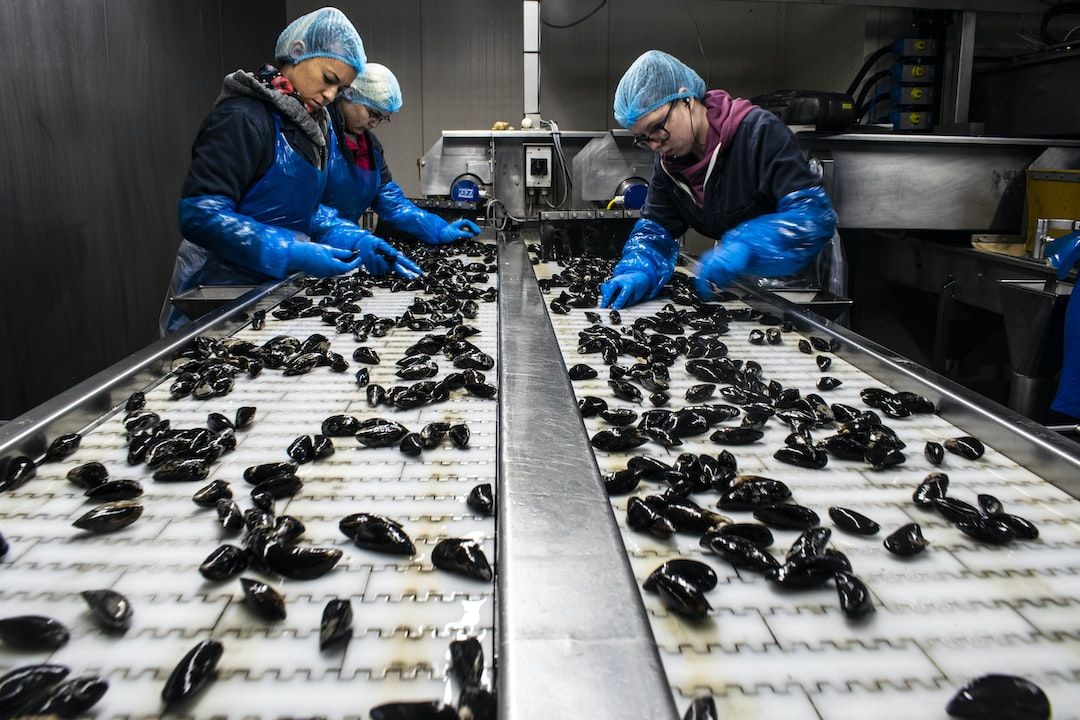
Food safety management systems (FSMS) like a Custom Food Control Plan (cFCP), Risk Management Program (RMP), systems certified to BRCGS food global standard, SQF, FSSC22000, etc, play a crucial role in identifying, analysing, and controlling food safety hazards.
A comprehensive food safety system should cover all aspects of food production, including equipment, facilities, and personnel. Remember that combining an effective food safety management system with an effective and positive food safety culture will give your food organisation the best possible return on investment and help you protect consumers and brands.
Running an effective internal audit program is critical for ensuring the safety and quality of food products and preventing food poisoning. If you work with a higher-end food safety certification standard like BRCGS Isse 9 or SQF, you will know that a risk-based approach to internal auditing is required as it will help your food business in identifying and addressing potential hazards, and in ensuring that all aspects of your food safety system are functioning as intended.
Internal audits should be conducted on a regular basis and should cover all aspects of the food safety system, including facilities, equipment, personnel, and processes. Applying risk-based thinking to determine the frequency of these internal audits is required.
In addition to internal audits, frequent i.e. monthly GMP and facility inspections can help to identify potential issues and ensure ongoing compliance with food safety standards.
Of course, these audits and inspections shall be delivered by trained auditors, quality assurance personnel, and compliance professionals who have a thorough understanding of food safety standards and regulatory requirements and have received compliant auditor training. This is key to ensuring the safety and quality of your food products, achieving compliance, protecting public health from food poisoning, and maintaining customer trust.
Popular Food Industry Training Courses
Food poisoning is a serious issue that can have far-reaching consequences for both individuals and businesses, the statics and number shared in this post highlight the size of the issue. Symptoms of food poisoning can vary from mild for most people to life threatening for some like older adults and pregnant women, hence it is important to prevent it well before focusing on getting food poisoning treated.
By implementing robust food safety systems managing the cause of food poisoning, food professionals and compliance specialists can help to protect the health and wellbeing of their customers and avoid costly and potentially devastating food outbreaks.
For further advice and resources on food safety in New Zealand and Australia, visit the Food Standards Australia New Zealand and the Ministry for Primary Industries websites.
Food businesses in New Zealand have a legal responsibility to prevent foodborne illness. This starts with proper registration and compliance. Find out how to register your food company in NZ to ensure you meet all regulatory requirements.


